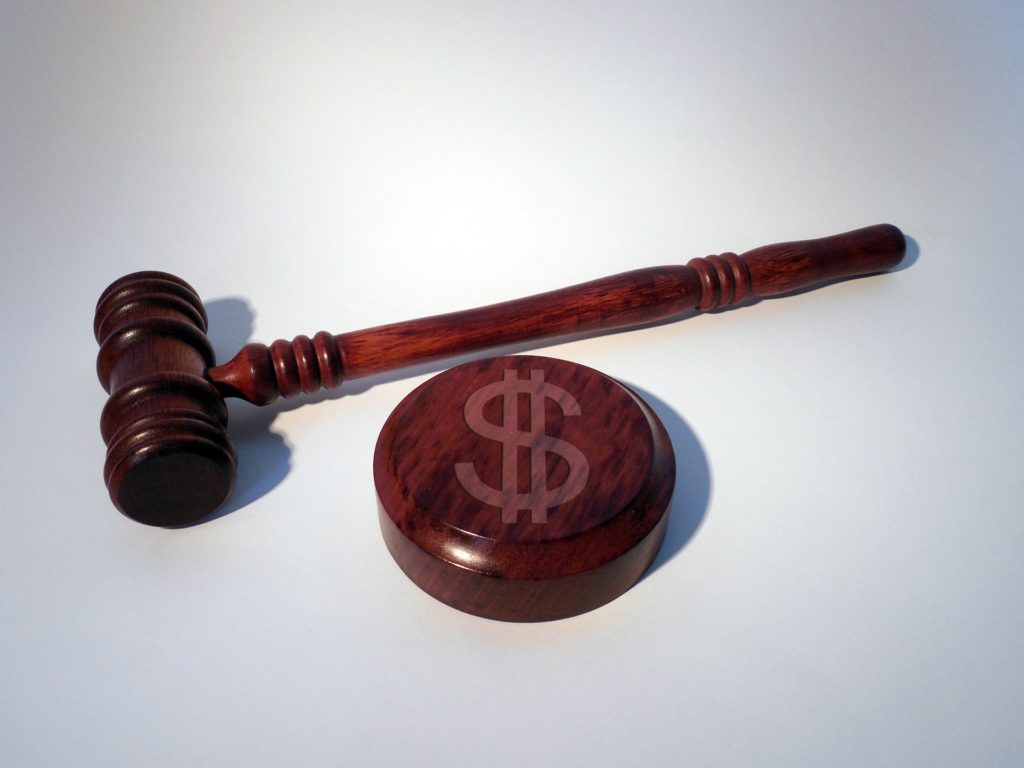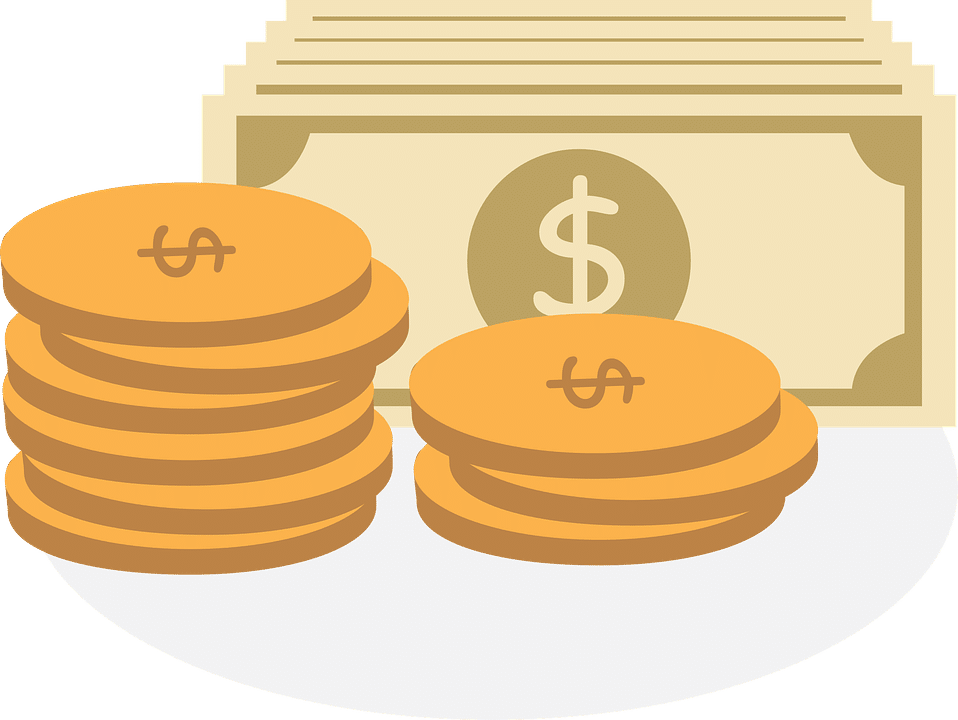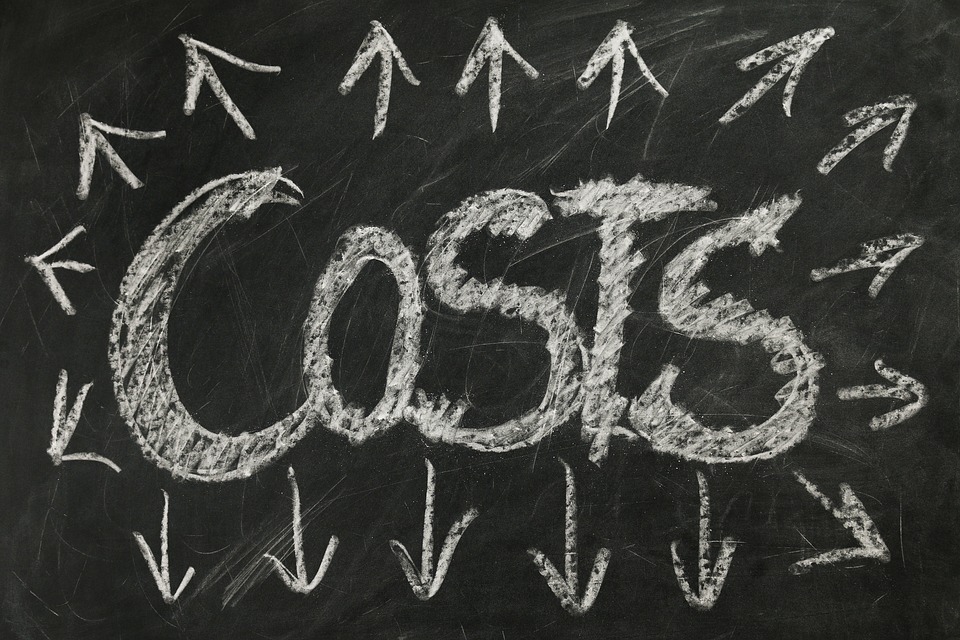
One of the things clients often ask is, “what is my case worth?” For the client, this is an obvious and simple question, however, from the perspective of the attorney, the answer to this question requires a nuanced calculus. The basic value of a case is a function of the damages the plaintiff is entitled to and the strength of liability against the defendant(s). However, there are many more considerations to balance.
ECONOMIC V. NON-ECONOMIC DAMAGES
The first component of case evaluation is damages. Damages refers to the injuries suffered by the plaintiff for which he/she is entitled to recover money or compensation for, i.e., compensatory damages. The first category of such damages is called economic damages, lawyers sometimes refer to these as “specific damages.” Economic damages are objective and can be valued based on evidence. For example, the cost of medical care for injuries suffered from a car accident are compensable economic damages. As well, future medical care required to heal those injuries are also compensable. The value of a totaled vehicle can be considered economic damages. The value of lost work, or the inability to work, because of injuries due to an accident are also compensable. As an attorney, I always distinguished these damages by remembering that they have a “specific” number attached to them. For example, the cost of medical care will be derived from medical bills. The cost of future medical care will be derived from expert doctors and treating physicians. The value of a vehicle can come from Kelly Blue Book. The value of lost work and/or the inability to work can be derived from pay stubs, tax returns and other evidence. Thus, when you total all of these various economic damages together, this forms one part of the damages equation.
The next part is referred to as non-economic damages, lawyers sometimes refer to these as “general damages.” These are the damages that are subjective, there is no standard formula or way of calculating non-economic damages, it is up to the jury to decide. For example, what is it worth to lose a leg in a car accident? What is it worth to lose a loved one? What is it worth to suffer a traumatic brain injury? Although these may seem like callous questions, they are essentially part of what the jury is being asked to consider. The categories of non-economic damages that the plaintiff is entitled to seek vary based on the type of case being brought. In a personal injury lawsuit, for example, these damages may include past and future physical pain, mental suffering, loss of enjoyment of life, disfigurement, physical impairment, inconvenience, grief, anxiety, humiliation and distress. In a wrongful death lawsuit, non-economic damages may include the loss of love, companionship, comfort, care, assistance, protection, affection, society, moral support; the loss of the enjoyment of sexual relations; and the loss of training and guidance. Because this portion of damages is subjective, it represents the largest variance in determining the value of one’s case. This is also the area where successful attorneys have the potential to achieve the largest amounts of compensation for their clients, because the amount can be any reasonable amount determined by the jury. Although it is tempting to use past successes as a measure for future valuation of such damages, the very subjective nature of general damages means they are hard to predict. Sometimes a jury will award more than what is being asked, other times significantly less. In the former instance, I have seen many cases where the judge, on his own, will reduce what he may think is an excessively large verdict award despite the jury’s decision. Note: In medical malpractice cases in California, non-economic damages are capped at $250,000.
PUNITIVE DAMAGES
Sometimes, because of the nature of your case, you may be entitled to seek punitive damages. I often hear this term used colloquially to refer to all damages, in reality, punitive damages are only available in a minority of instances. Punitive means to punish, these damages are designed to punish a bad acting defendant by imposing a large monetary fine, in the hopes that this will deter future behavior of the same type. A jury may only award punitive damages if the plaintiff proves by clear and convincing evidence that the defendant engaged in conduct with malice, oppression or fraud. Unlike the basic standard of proof: “by a preponderance of the evidence,” i.e., more likely than not, that the plaintiff has to meet to prove her tort claims, seeking punitive damages requires a higher standard of proof: “clear and convincing evidence.” This falls somewhere short of the criminal standard: “beyond a reasonable doubt,” but above the civil standard: “by a preponderance of the evidence.”
Further, the defendant had to have acted with malice, oppression or fraud, for punitive damages to be awarded. In this context, malice means that a defendant acted with intent to cause injury or that a defendant’s conduct was despicable and was done with a willful and knowing disregard of the rights or safety of another. Oppression means that a defendant’s conduct was despicable and subjected the plaintiff to cruel and unjust hardship in knowing disregard of her rights. Fraud means that a defendant intentionally misrepresented or concealed a material fact and did so intending to harm the plaintiff. If your case involves one or more of these types of conduct by the defendant, you may be entitled to seek punitive damages.
Similar to non-economic damages, there is no set formula for deciding the amount of punitive damages to award, it is up to a jury. However, punitive damages must bear a reasonable relationship to the compensatory damages awarded to the plaintiff. The more reprehensible the conduct, the more reasonable it is to award a large punitive damage amount. Based on past U.S. Supreme Court decisions, it is likely that a punitive damages award exceeding a single digit multiplier to the compensatory damages will be looked at critically and may be reduced.
LIABILITY
The second major component of case valuation is liability. How responsible is the defendant or defendants for their conduct? Is there some intervening factor that mitigates liability? Is the plaintiff also at fault? For example, consider a delivery driver who hits a pedestrian on his way home from work. Clearly the delivery driver is at fault. However, what if the pedestrian was trying to catch a bus and ran out into the road in front of the driver? Depending on the factual circumstances, the pedestrian would also be somewhat at fault. This is called contributory negligence. Because the pedestrian was potentially somewhat at fault in this scenario, the jury will have to decide what percentage of contributory negligence to attribute to the plaintiff. Any such percentage of liability will be discounted from what, if anything, the defendant(s) may owe. The driver’s employer may also be liable for the driver’s actions. This becomes a complex question of law and fact, whether the driver was an employee or independent contractor, whether an employer can be liable for the car accidents of its employees on their way home from work, etc. These are the legal questions that the attorney must face and will guide the development of the litigation. If you are involved in a multi-vehicle collision, then there will be multiple defendants. Each will have a varying degree of liability that the jury will assign a percentage to at the conclusion of trial. Liability plays a large role in the overall valuation of one’s case, however, just as the degree of damages are entirely dependent on the harm to the plaintiff, the degree of liability is similarly entirely dependent on the factual circumstances of the incident.
INSURANCE
Realistically, a case is only worth as much as is able to be recovered. A client may have millions of dollars worth of damages, however, if the only liable party is insolvent, or has no money or assets, then that leaves her with little to no recourse in terms of money. Of course you can go to trial against a reprehensible defendant and receive a large verdict, however, if he has no money or assets, then there is little one can to do realize the judgment. Insurance plays a big role in case valuation as well as the litigation as a whole. If the defendant is insured and covered for the incident that caused harm to the plaintiff, the insurance company now essentially represents the defendant. If a lawsuit is filed, the insurance company will hire a defense attorney on behalf of the insured to represent him in the lawsuit. The simple truth is that insurance companies are incentivized to not pay out the policy of their insured, especially when there may be difficult questions as to liability or damages. On the other hand, from the perspective of the defendant/insured, he bought an insurance policy which covers the exact incident at hand which he has responsibly maintained, if it means being able to settle the case, he wants his insurance policy to be offered and paid. Therein lies the conflict.
Insurance policies have caps, meaning the maximum the insurance company will pay out on a particular covered incident. California’s minimum automobile insurance policy is $15,000/$30,000. This means that the maximum amount of money the insurance company will pay out for a covered incident is $15,000 per person and $30,000 for the entire incident. If there are more than two (2) harmed claimants, then they will get some amount less than $15,000 each because of the $30,000 cap on the entire incident. When it comes to automobile accidents and injuries, this is an insignificant amount. Severe automobile accidents usually result in poly-trauma, meaning multiple catastrophic injuries, including amputations, spinal cord injuries and traumatic brain injuries, which can result in millions of dollars worth of hospital bills. This is why finding a liable party with a high amount of insurance coverage is one of the main tasks for a plaintiff personal injury attorney.
LITIGATION COSTS AND ATTORNEY’S FEES
Legal services are expensive. Attorneys go through years of training, costing hundreds of thousands of dollars, just for the chance at becoming a licensed lawyer by passing the state bar. In California, one must first obtain a Juris Doctor (JD), i.e., pass law school, before sitting for the bar. California has one of the hardest bar exams in the nation, when I took the exam it was an eighteen (18) hour test spanning three (3) days. Unfortunately, I know many JD graduates who are not licensed to practice law. Legal services are expensive because of the cost and time investment of education, the complexity and nuances of different types of law and the time and experience it takes to really become proficient in one’s specialty. Nonetheless, Pan Law Group, Inc. believes that everyone is entitled to the best legal counsel available to them, not just the best that money can afford. The entire plaintiff personal injury model is based on this criteria–injured plaintiffs can hire the best attorney without paying anything out of pocket. The attorney works on a contingency fee, meaning he gets a percentage of the proceeds if the case is won. However, if the attorney fronts all of the costs of litigation, those costs are not reimbursed if the case is lost.
One must consider that any settlement proceeds or verdict award will be reduced by litigation costs and attorney’s fees. As a case proceeds towards trial, through trial, and past appeal, litigation costs increase. A verdict at trial is also not the end of the litigation because the defendant as the right to appeal. Meaning, if there is a judgment awarding money in your favor after trial, you may not see that money for years because of an appeal. Because of the variability of trial, the difficulty in contributory negligence, and all of the issues above, it often makes sense to settle for less before trial than to go to trial, potentially win a larger verdict, but end up netting less because of case costs. Even worse, losing at trial when you could have settled beforehand.
LIENS
The final piece of the puzzle is liens. A lien is essentially an obligation to reimburse money to a creditor. For example, if Medi-Cal paid for an injured victim’s medical care and that person later was awarded a judgment in a lawsuit, Medi-Cal is entitled to a lien for the value of the medical care rendered to that person as a result of the incident that spurred the lawsuit. A private medical insurance company or hospital who rendered care to an uninsured person in the same scenario would also have a similar lien. An attorney who has previously rendered services, whose client has found new counsel and receives a settlement or judgment award, is also required to pay the attorney for the value of services previously rendered. That responsibility comes in the form of a lien that the previous attorney now holds over the past client’s case.
It is part of the attorney services that they try and negotiate down any liens that you may have on your case. By negotiating down or eliminating a lien, this maximizes the client’s recovery. Your attorney is legally responsible to pay back all known liens before any distribution of payment is made to you.
The answer to the question “What is my case worth?” is a complex one that varies on an individual basis. The most valuable case is one with high damages and strong liability, however, these cases typically settle out of court. A typical case is one with low damages but strong liability, for example, a fender bender. Another typical case is one with high damages but difficult liability, for example, a worker who is injured on the job. The value of a case ultimately depends on the individual facts of damages and liability.
DISCLAIMER: The content above is entirely the opinion of Pan Law Group, Inc. and should in no way be considered legal advice. Please contact us for a free legal consultation if you have any questions. Thank you.







